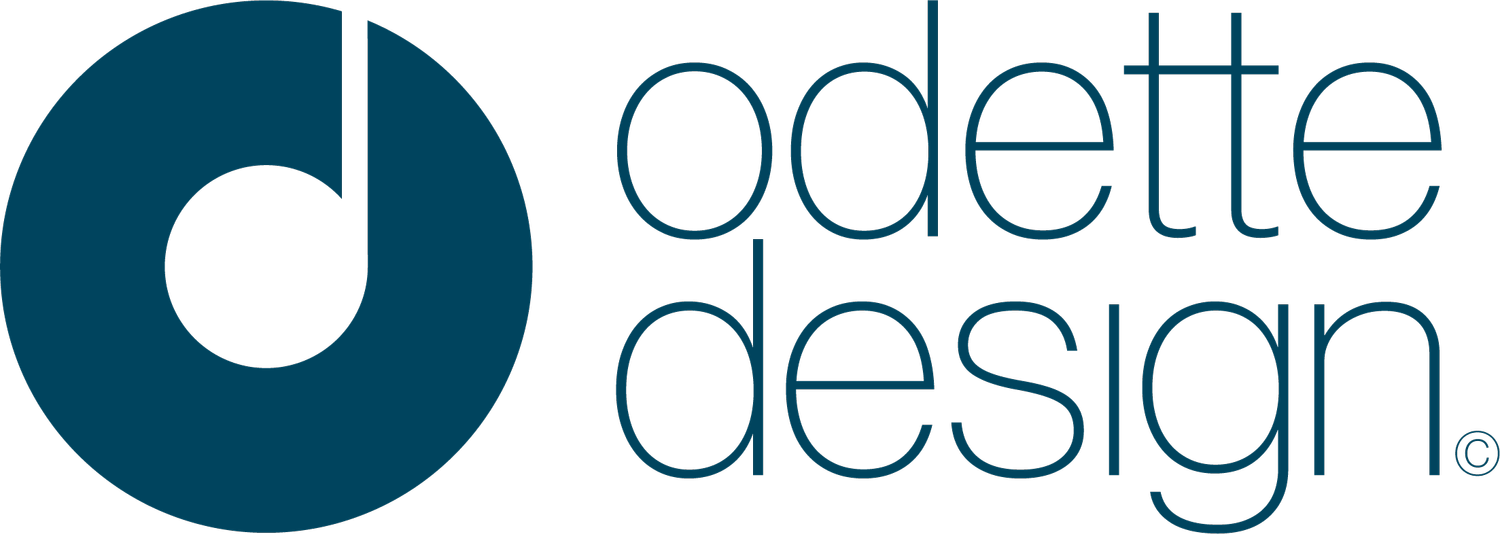The need for research in UX
Photo by UX Indonesia on Unsplash
Research is at the core of UX design. If you don’t do the research you are not doing UX design.
You can’t solve problems if you don’t know what the problems are.
You need to do the research to understand what you users goals are
TYPES OF RESEARCH
There are 2 different types of research: Qualitative and Quantitative. As a UX designer we are generally more interested in qualitative, as we can gain deep insights into the specific problems users have. But as qualitative research is essentially unstructured and unmeasurable, we have to be acutely aware of the bias we can place on our findings, hence the need to ensure one doesn’t work in a silo, but also to ensure not just one type of research is carried out. Shallow research = shallow insights.
There is a huge array of research methods available to a UX researcher. As I am just starting out on my journey I have little experience of these, other than that through my UX diploma, but a quick search on the internet is always hugely insightful. The choice of research methods will vary according to the brief (type of product, budget), stakeholders and practical constraints. User testing is probably one of the most powerful and prevalent methods.
Research methods can be Observational and Attitudinal (listening) research. But observation research is generally far more powerful than attitudinal because:
“What People say, what people do, and what they say they do are entirely different things”
A FEW IMPORTANT POINTS ABOUT RESEARCH
I am not the target audience
Assumptions are ‘dangerous’
Don’t design for the insider
Need more depth than just one question on a survey
Avoid asking people’s opinions
Don’t assume you know the answer before starting the research (will cause bias)
Don’t ask loaded question. It will lead to loaded answers
Ask open ended questions
BENEFITS OF USER RESEARCH
Presents user’s experience
Presents product from the user’s perspective
Unites stakeholders behind a common cause
Challenges / validates assumptions
Produces a variety of user data
3 THINGS WE WANT TO LEARN ABOUT OUR USERS
Goals: What users are trying to do (Primary, secondary, tertiary)
Behaviours: What users actually do
Context: How the product is used in the environment
plus
How the product helps them achieve goals (or not)
How product facilitates common behaviour
Pain points and road blocks are highlighted and can then be removed
Good way to compare against competitors
Can answer: Is our product desirable. Does it solves a problem?
BEFORE WE START TESTING WE NEED TO DEFINE THE OBJECTIVES
How one arrives at a clear purpose was not covered in depth on my course. I fully understand that you don’t test for the sake of it and that you need to define a clear purpose/research problem (What? we will be studying) and clear research objectives (How? we are going to study the problem.)
This is a very useful article by Nikki Anderson: Elevate your research objectives (Medium)
And Elle Beebe-Tron talks about using the S.M.A.R.T goals method here: Writing UX Research Objectives — Using S.M.A.R.T. Goals Method (Medium) (Specific, Measurable, Achievable, Relevant, and Timely.)
This is shorter article about what questions to ask and how to get the answers Defining the objectives of user research (IXDF)
Jeff Gothelf and Josh Seiden in Lean UX talk about the need to create an Outcome. To do this you start with assumptions rather than requirements and to do that you create a hypothesis. You then measure to see if you have achieved the desired outcome. (Chapter 3). A hypothesis statement is composed of: Assumptions. Hypotheses. Outcomes. Personas. Features.
There’s obviously loads to read out there. I assume you adapt according to working environment. And you definitely need to work with the broad team (and stakeholders) to draw up the assumptions/what needs testing.
RESEARCH TECHNIQUES TAUGHT ON MY COURSE
Practical experience:
Usability testing
Online surveys
Heuristics
Benchmarking/competitive analysis
Taught:
Notetaking
Stakeholder interviews
Card sorting (open and closed)
A/B testing
UX Research Cheat Sheet (nngroup.com)
Quantitative vs. Qualitative Usability Testing (nngroup.com)

